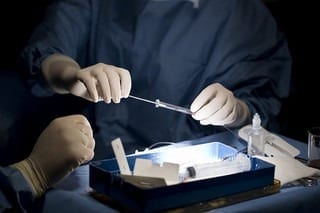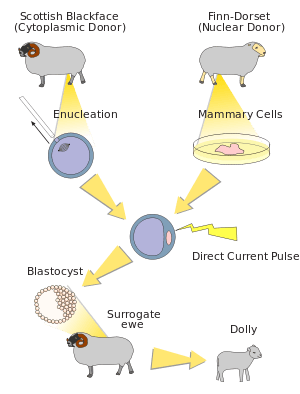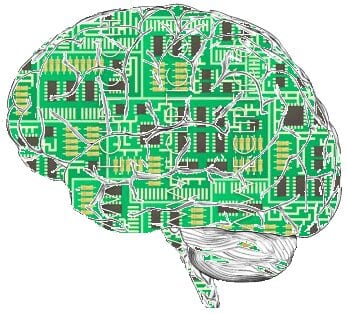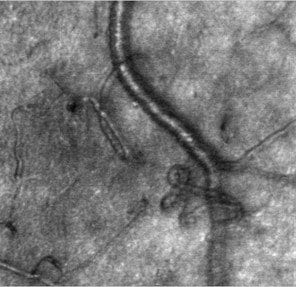
Human cloning has been used to create stem cells from adults for the first time, in a breakthrough which could lead to tissue and organs being regrown.
Using the cloning technique that produced Dolly the sheep in 1996, researchers were able to turn adult human skin cells into stem cells, which can grow into any type of tissue in the body.
They even used the cells of a 75-year-old man, raising the prospect of body parts being regenerated in old age.
The advance could lead to new tissue-transplant operations for a range of debilitating disorders, such as Parkinson’s disease, multiple sclerosis, heart disease and spinal cord injuries.
Last year, a team created stem cells from the skin cells of babies, but it was unclear whether it would work in adults.
However, a team of scientists from the Research Institute for Stem Cell Research at CHA Health Systems in Los Angeles and the University of Seoul said they had achieved the same result with two men, one aged 35, the other the 75-year-old.
“The proportion of diseases you can treat with lab-made tissue increases with age. So if you can’t do this with adult cells it is of limited value,” said Robert Lanza, co-author of the research, which was published in the journal Cell Stem Cell.
The technique works by removing the nucleus from an unfertilized egg and replacing it with the nucleus of a skin cell. An electric shock causes the cells to divide until they form a “blastocyst,” a small ball of a few hundred cells.
In IVF, a blastocyst is implanted into the womb, but with the new technique the cells would be harvested to create other organs or tissues.
The breakthrough is likely to reignite the debate about the ethics of creating human embryos for medical purposes and the possible use of the same technique to produce cloned babies — which is illegal in Britain.
The Latest on: Cloning adult stem cells
[google_news title=”” keyword=”Cloning adult stem cells” num_posts=”10″ blurb_length=”0″ show_thumb=”left”]
via Google News
The Latest on: Cloning adult stem cells
- Stem cells: A new mechanical transduceron May 9, 2024 at 4:59 pm
Scientists reveal how ETV4 controls stem cell differentiation in response to mechanical cues. Professor Jiwon Jang and Seungbok Yang, a PhD candidate, from the Department of Life Sciences at Pohang ...
- Cloning 2.0: Scientists are trying to impregnate cows with stem cellson May 7, 2024 at 5:03 am
About a decade ago, biologists observed that stem cells would try to make an embryo if kept contained in an enclosed space. Also known as “embryo models” or embryoids, a lab in Israel back in 2022 ...
- MIT Technology Reviewon May 6, 2024 at 9:27 am
Embryos hold the secrets of regeneration, reproduction, and maybe even human immortality. About a decade ago, biologists started to observe that stem cells, left alone in a walled plastic container, ...
- MicroRNAs: key regulators of stem cellson April 29, 2024 at 5:00 pm
Embryonic and adult tissue stem cells are characterized ... individual miRNAs can show dynamic changes during stem cell differentiation, and therefore cloning and sequencing of miRNAs before ...
- Facts about cloning and its controversyon April 1, 2024 at 3:20 am
Therapeutic cloning produces embryonic stem cells for experiments aimed at creating ... Then the embryo is implanted into an adult female’s uterus to grow. Over the past 50 years or so ...
- Using human stem cellson January 14, 2024 at 12:08 am
Embryonic stem cells can differentiate into a wider range of cell types, but are difficult to obtain and their use raises ethical challenges. The best source is the five-day-old embryo.
- The Stem Cell Divideon September 14, 2023 at 5:53 am
They warn of a brave new world of "embryo farms" and "cloning mills" for the cultivation of human spare parts. And they argue that scientists can achieve the same results using adult stem cells ...
- Twenty-Five Years After My House Call To Dolly: What Have We Learned About Cloning And How Did We Learn It?on August 2, 2022 at 8:30 am
Overall interest in cloning slowed as advances in adult stem cell research gained traction in the 2000s. This resulted primarily from scientists’ newfound ability to take adult human cells ...
- On Human Cloning: Three Viewson August 15, 2020 at 9:12 pm
The birth of Dolly, the first mammal cloned from the cell of an adult animal ... In theory, specialists could also use cloning to grow embryonic stem cells into vital organs, blood, or tissue ...
- The Facts and Fiction of Cloningon November 24, 2010 at 12:23 pm
In nuclear transfer, DNA from an unfertilized egg is removed and replaced with DNA from an adult ... angle to cloning. For some, the technology is seen not as a source for stem cells to cure ...
via Bing News










